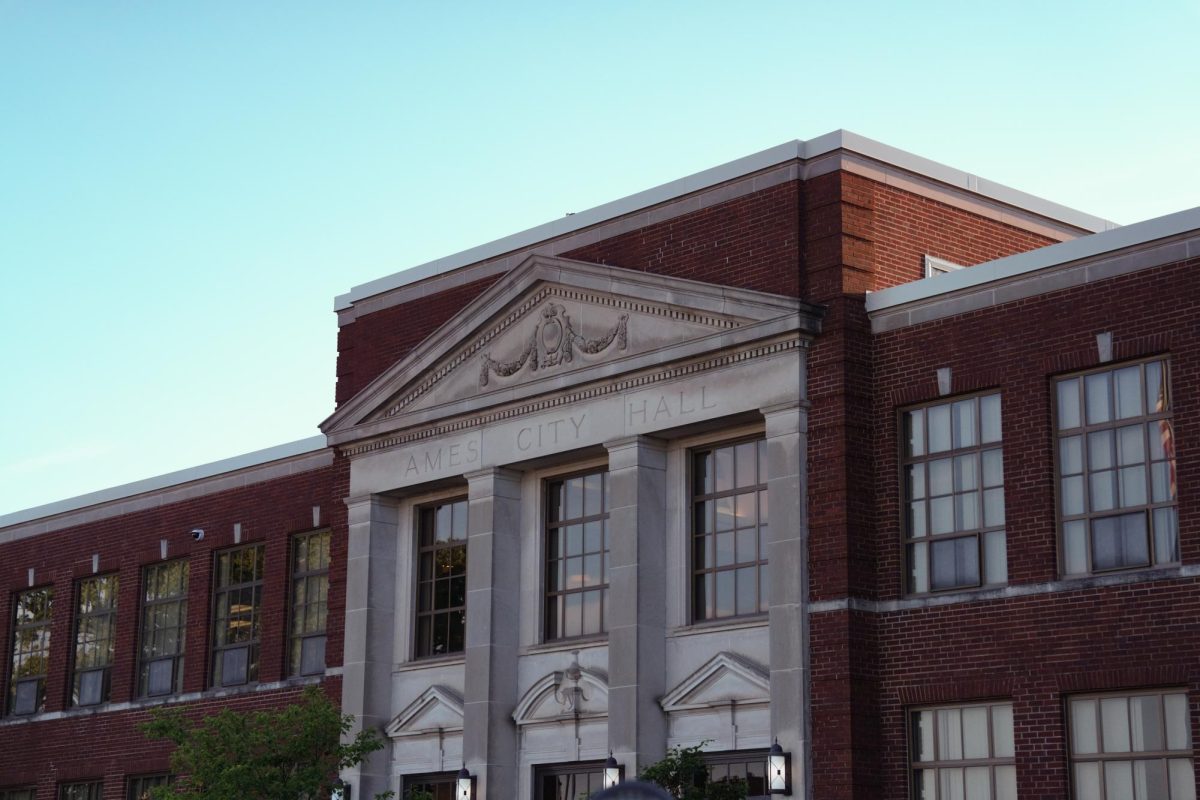COLUMN: Real riot culprits escaped the Mace
April 20, 2004
Now that most of the glass has been swept up from last weekend’s carnage and most of the tear gas has drifted away, it’s time to look at the aftermath of the destruction. Storefront windows, parking meters, and Dumpsters turned into flaming battering rams will all need to be replaced — but these things are to be expected. Here’s a short list of what else the ISU community can reasonably expect from the outcome.
First, expect nonsequitur — and plenty of it. Despite the fact that last weekend’s riot had little to do with Veishea itself — save for the crowds who were present for its events prior and regulations active on campus — Veishea will inevitably be blamed for the riot itself.
Never mind that the mob’s original agitators consisted of unruly party-goers exiled from their busted party on Hunt Street who proceeded to stir up trouble on Welch. Somehow, the blame will lie squarely with Veishea, which will inevitably mean either Veishea finally gets the ax or limps along in even more neutered form, if such a thing is possible.
Likewise, expect to hear from members of the ISU administration as well as certain members of the Ames community on why alcohol was the obvious culprit, despite the fact that Veishea has been officially “dry” on campus and in the Greek community since 1998.
Of course, one can hardly blame these people — their reaction was the same in 1997 after the infamous murder of Harold “Uri” Sellers in front of Adelante fraternity. Despite the fact that the incident occurred off campus and all parties involved were non-students, somehow alcohol consumption by ISU students was deemed the fatal catalyst.
On that note, one probably shouldn’t hold his or her breath waiting to hear any acknowledgment that these same alcohol rules likely pushed such large crowds off campus and into concentrated areas where they caused so much trouble to begin with. Indeed, assuming desire for alcohol is fairly inflexible (however unfortunate), if such demand cannot be met on campus due to prohibitions, it will inevitably spill over onto Campustown and the surrounding area — which is, of course, what happened.
Naturally though, the problem can’t be with the regulations themselves — no, they simply must not be restrictive enough. Thus, we have only our insatiable voyeurs of violence and the homegrown anarchists they egged on to thank for giving these people the pretense they’ve long been waiting for to further clamp down on students — hope it was worth it.
Next, expect punishment of the innocent while the guilty go free. Despite ample photographic and video evidence pointing to the fact that much of the last weekend’s destruction was carried out by a concerted group of a few dozen to the tune of several hundred onlookers, almost every news account attributes the riot to “several hundred students.”
A more pessimistic person might expect those responsible for damage never to face sanction, a view supported by the fact the police presence seemed more interested in arresting those trying to mitigate the damage and Macing anyone who “wasn’t moving fast enough.”
Indeed, why else would ISU students Drew Miller and Matt Denner be arrested on charges of “interference with official police acts” after the two attempted to stop certain savages from tipping cars and destroying Welch Avenue business storefronts unless the police were more concerned about simply arresting whoever was there rather than going after the guilty?
Meanwhile, the police somehow couldn’t manage to direct some of their Mace toward the maniacs taking out parking meters, windows, and lamp posts as the tapes show — it would seem at least a few were too busy Macing anyone coming out of Welch Avenue establishments or trying to return to their homes, if one believes even a fraction of the accounts from that night.
Likewise, don’t expect any reprisals for the stormtrooper-esque behavior of some of Ames’ finest — already the Great Blue Wall has come out in force, uniformly claiming that police “acted appropriately.” How Macing someone who “wasn’t moving fast enough,” as one officer was reported in the Daily as saying, counts as “appropriate police conduct” is beyond comprehension. Perhaps napalm will be the appropriate response next time someone commits a moving violation?
Finally, don’t expect any kind of mea culpa from the Ames Police Department regarding its crowd-control methods. Good job, officers — driving several hundred angry party-goers into an already crowded Welch Avenue was a supreme example of rational decision-making. Turning your weapons on random members of the crowd rather than the actual vandals was just the icing on the cake.
Iowa State and the Ames community as a whole can recover from this incident if the real culprits are brought to justice and the real failures in both law enforcement and university policy are addressed. But don’t count on it.






